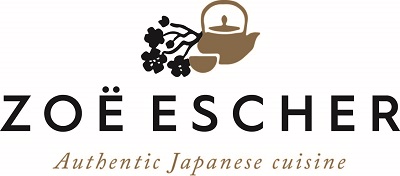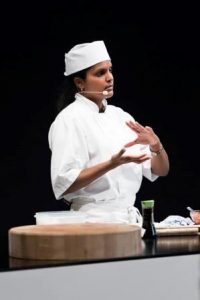 In 2002 I heard about the concept “In Japan your training will never stop”. At the time, I didn’t really think about it.
In 2002 I heard about the concept “In Japan your training will never stop”. At the time, I didn’t really think about it.
It is true.
In 2006 I was trained to become a Japanese Sushi Chef & Sake Sommelier in Los Angeles by a very skilled Executive Sushi Chef with 40 years of experience.
In 2012 I traveled back to Los Angeles where I improved my techniques and was introduced to a nigiri technique that takes 20 years to master.
In September this year, I visited the restaurant in Los Angeles where I assisted a Japanese sushi chef named Mino who has worked as a sushi chef for 36 years.
Just before turning back to Denmark my Japanese sushi chef instructor Toshi said that I can come and go as I pleased which means that my training is not finish.
Rad more about Sushi chef & sake sommelier Zoë Escher
_
Zoë has lectured and held sushi courses for A. P. Moller – Maersk, Hugo Boss Nordic, Novo Nordisk, Novartis, Velux, Gorrissen Federspiel, Beierholm revision, Elbek & Vejrup and many more.



